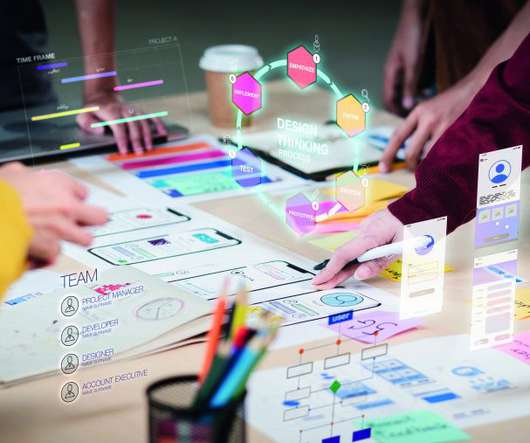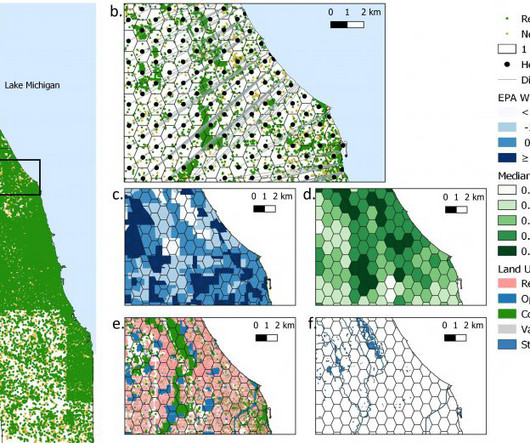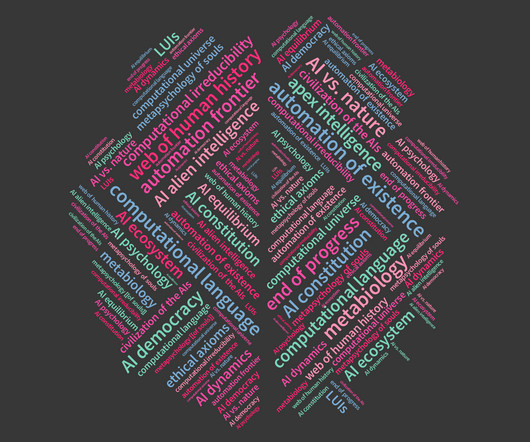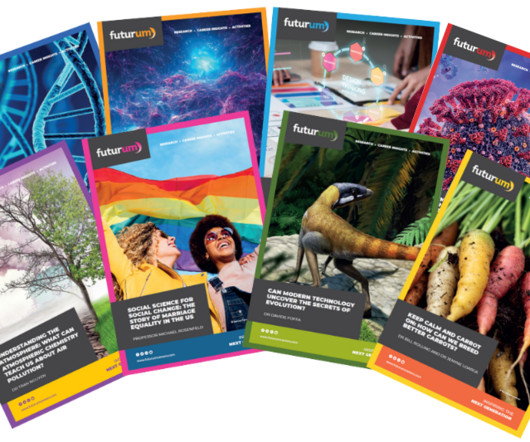Creating software that works for everyone
Futurum
OCTOBER 26, 2022
They have different ages, languages, cultural backgrounds, personalities, and physical and mental characteristics. I have worked on software development for health, manufacturing, local government, education and games. USER INTERFACE — the place where an end user interacts with a computer (e.g., a webpage or app display).












Let's personalize your content